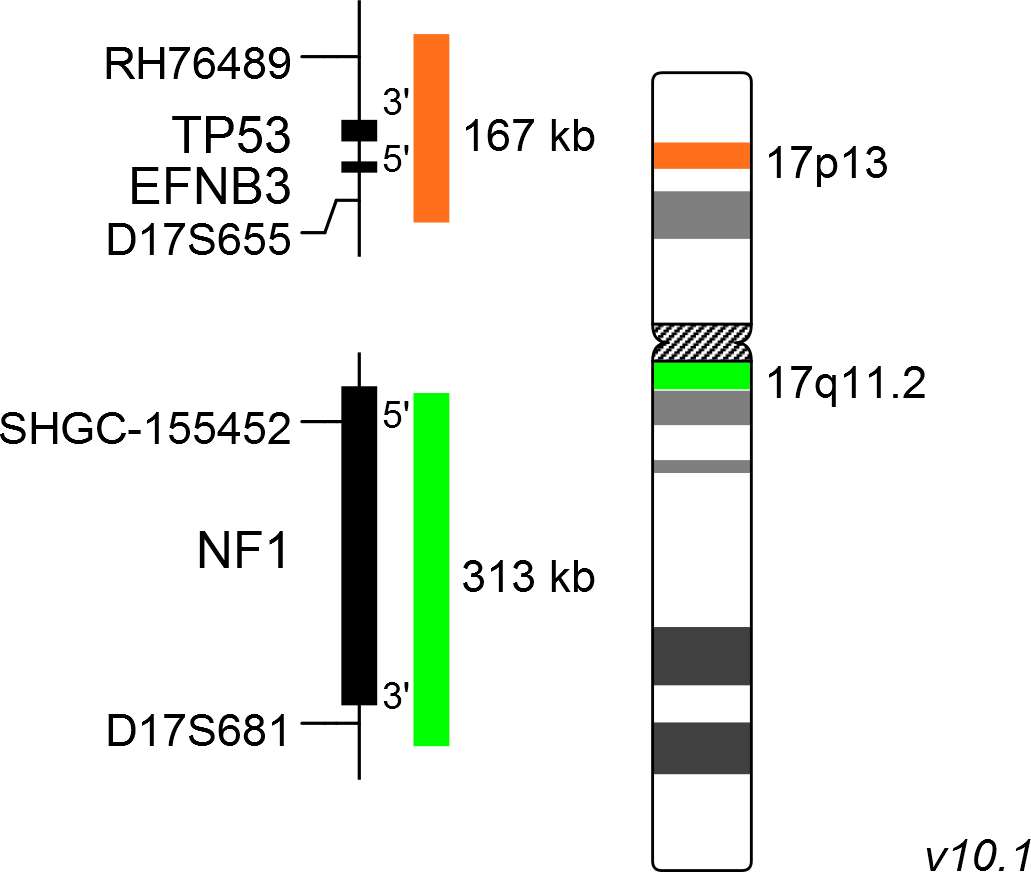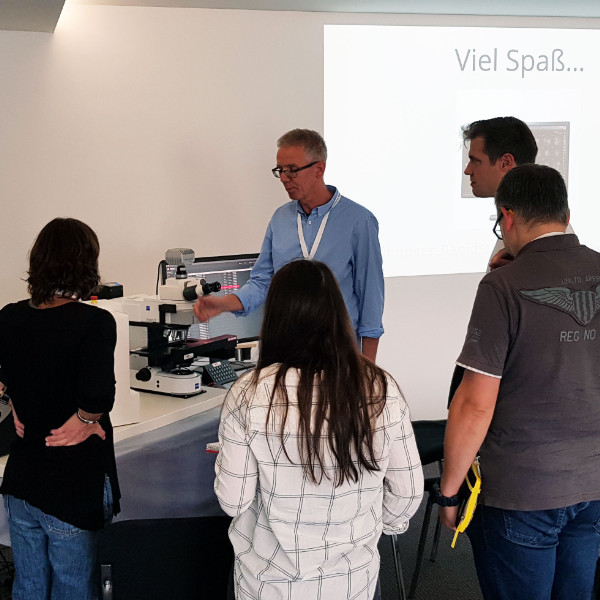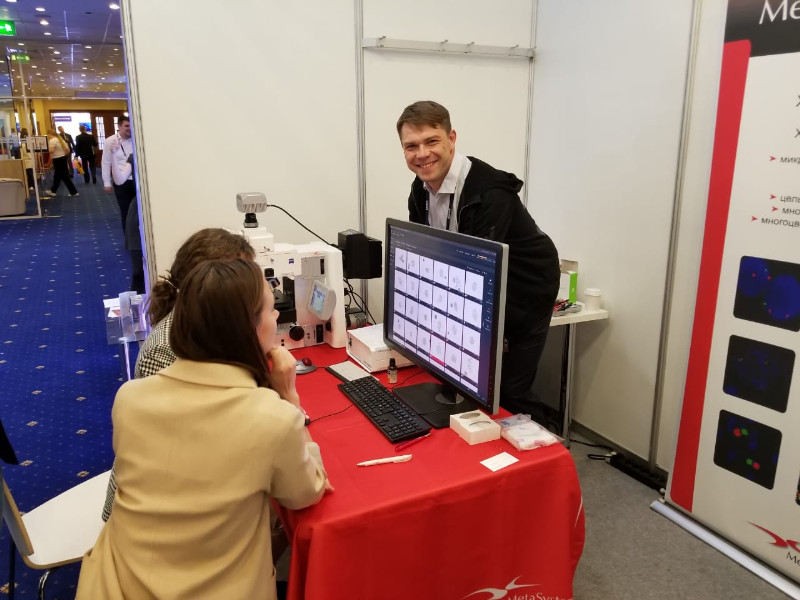About 100 guests from 36 countries met on the XVIII. MetaSystems Distributor Meeting (DM) in November to exchange experiences and to get to know new trends and developments at MetaSystems.

Our internet site may contain information that is not approved in all countries or regions. To ensure accuracy of content, please select your country/region of residence. Choose International if your country is not listed.
This information will be saved using cookies. To find out more about cookies, read our Privacy Policy.
Please select your country of residence. Choose International if your country is not listed.
Our internet site may contain information that is not approved in all countries or regions. To ensure accuracy of content, it is required that you select the site which is appropriate for your country of residence.
Based on your previous selection, you have been forwarded to the website for International.
This probe is IVDR-certified in compliance with the Regulation (EU) 2017/746 on in vitro diagnostic medical devices (IVDR).
MetaSystems Probes has already certified a large part of its portfolio, according to IVDR. For organizational reasons, we currently provide only the IVDD product.

XL TP53/NF1 consists of an orange-labeled probe hybridizing to the TP53 gene region at 17p13 and a green-labeled probe hybridizing to the NF1 gene region at 17q11.2.
Probe maps are created in accordance with the intended purpose of the product. Solid colored bars do not necessarily indicate that the probe fully covers the indicated genomic region. Therefore, caution is advised when interpreting results generated through off-label use. Probe map details based on UCSC Genome Browser GRCh37/hg19. Map components not to scale. Further information is available on request.
TP53 is a tumor suppressor gene often described as the guardian of the genome. Deletions and/or mutations can be detected in a wide range of hematological neoplasms and are the most common genetic aberrations in human cancer. The neurofibromin 1 gene (NF1), located at 17q11.2, is a tumor suppressor gene negatively regulating the RAS signal transduction pathway. Germline-loss of function can cause neurofibromatosis type I, a congenital genetic disorder of the nervous system which usually appears during childhood. Somatic deletions of NF1 are detected in about 3.5-7% of de novo acute myeloid leukemia (AML) cases and are often associated with a complex aberrant karyotype. Mutations in the remaining NF1 allele are reported with varying frequency. NF1 deleted cells have a decreased sensitivity to Ara-C in cell culture studies.
FISH is a valuable tool for the detection of NF1 deletions which might be easily overlooked by conventional cytogenetics due to the small size of the aberration.

Normal Cell:
Two green (2G) and two orange (2O) signals.

Aberrant Cell (typical results):
Two green (2G) and one orange (1O) signal resulting from loss of one orange signal.

Aberrant Cell (typical results):
One green (1G) and one orange (1O) signal resulting from loss of one green and one orange signal.

Aberrant Cell (typical results):
Three green (3G) and one orange (1O) signal resulting from the presence of an isochromsome.
Certificate of Analysis (CoA)
or go to CoA DatabaseNeon, the outstanding MetaSystems case and image management system, offers many tools and helpful gadgets to streamline routine workflows, for example in cytogenetics labs. The second MetaSystems User Day, addressed to MetaSystems clients from Germany, Austria, and Switzerland, provided in different workshops knowledge helping to unleash the full power of the system.

The Congress 'Genetics of XXI Century' in Moscow, Russia (May 2019) has been one of the most important events for the professional international community of geneticists. Our partner company in Russia OOO MetaSystems considered it a good occasion to present the new camera CoolCube 4 connected to a state-of-the-art Neon system to the public.
